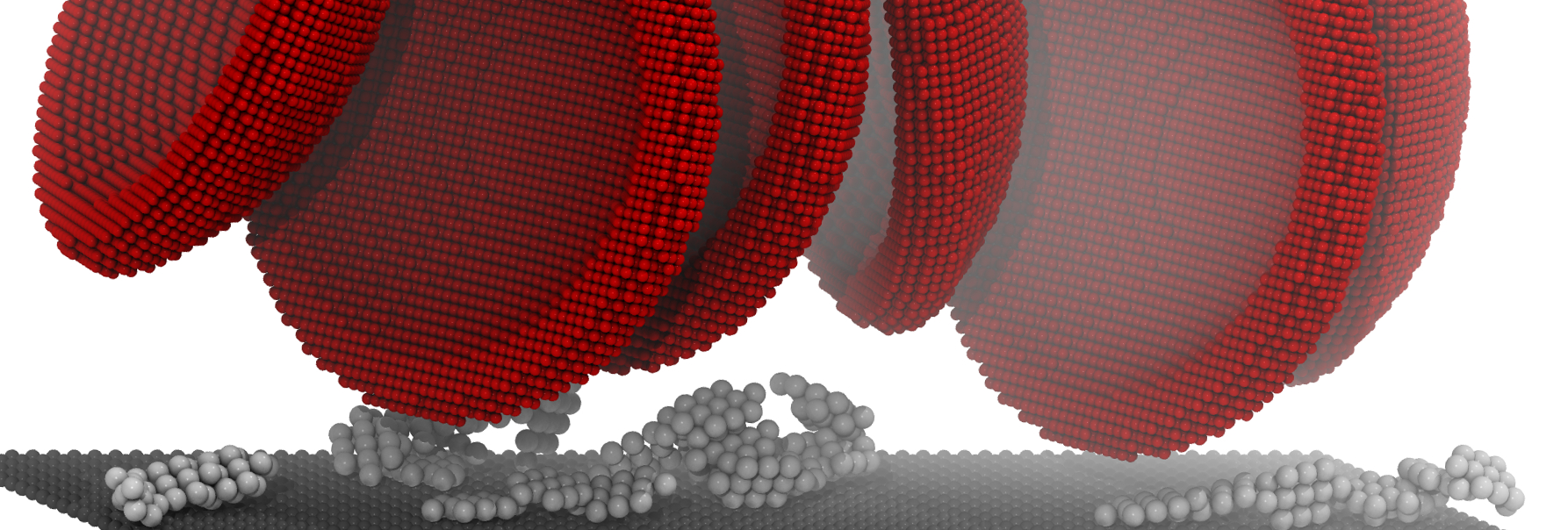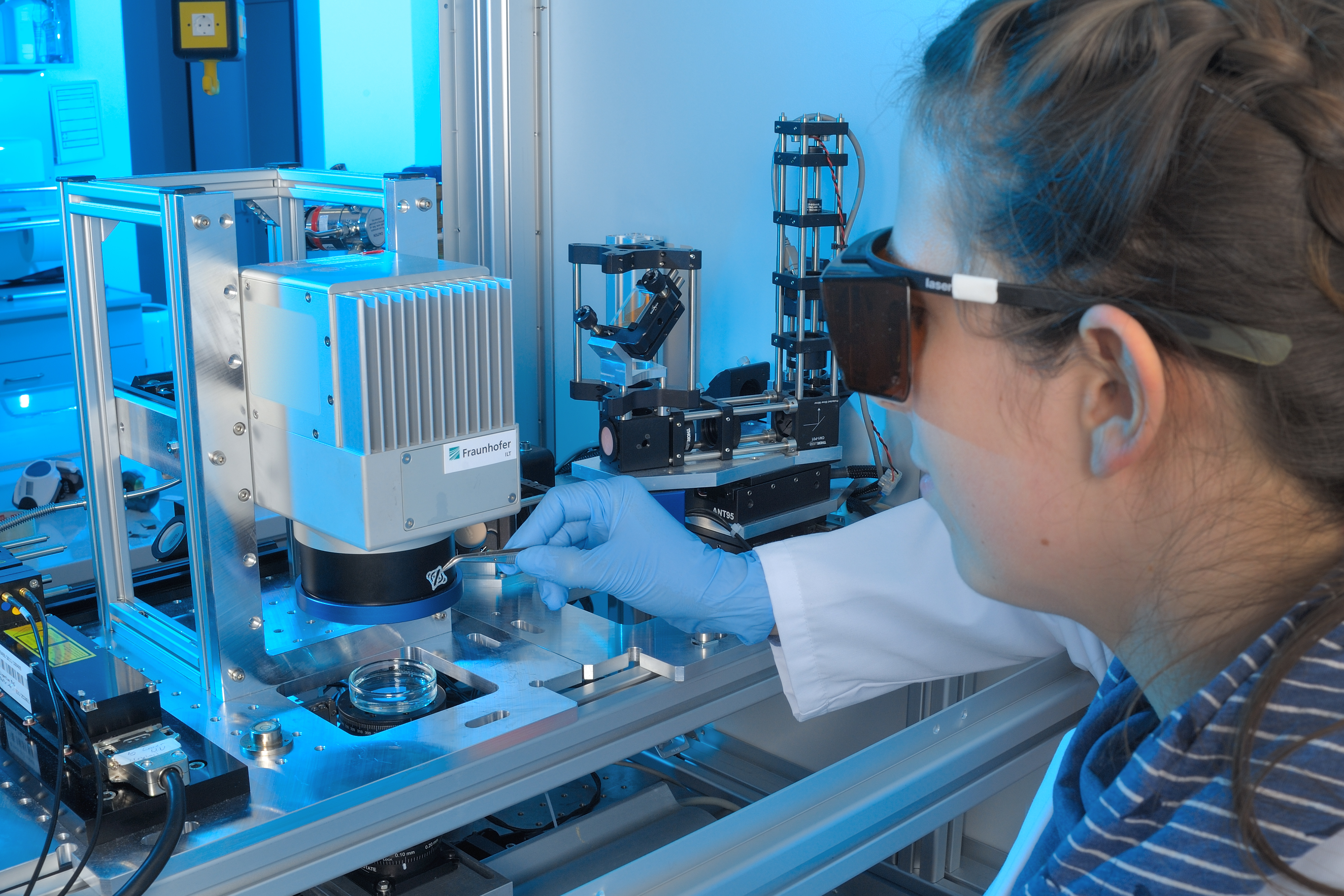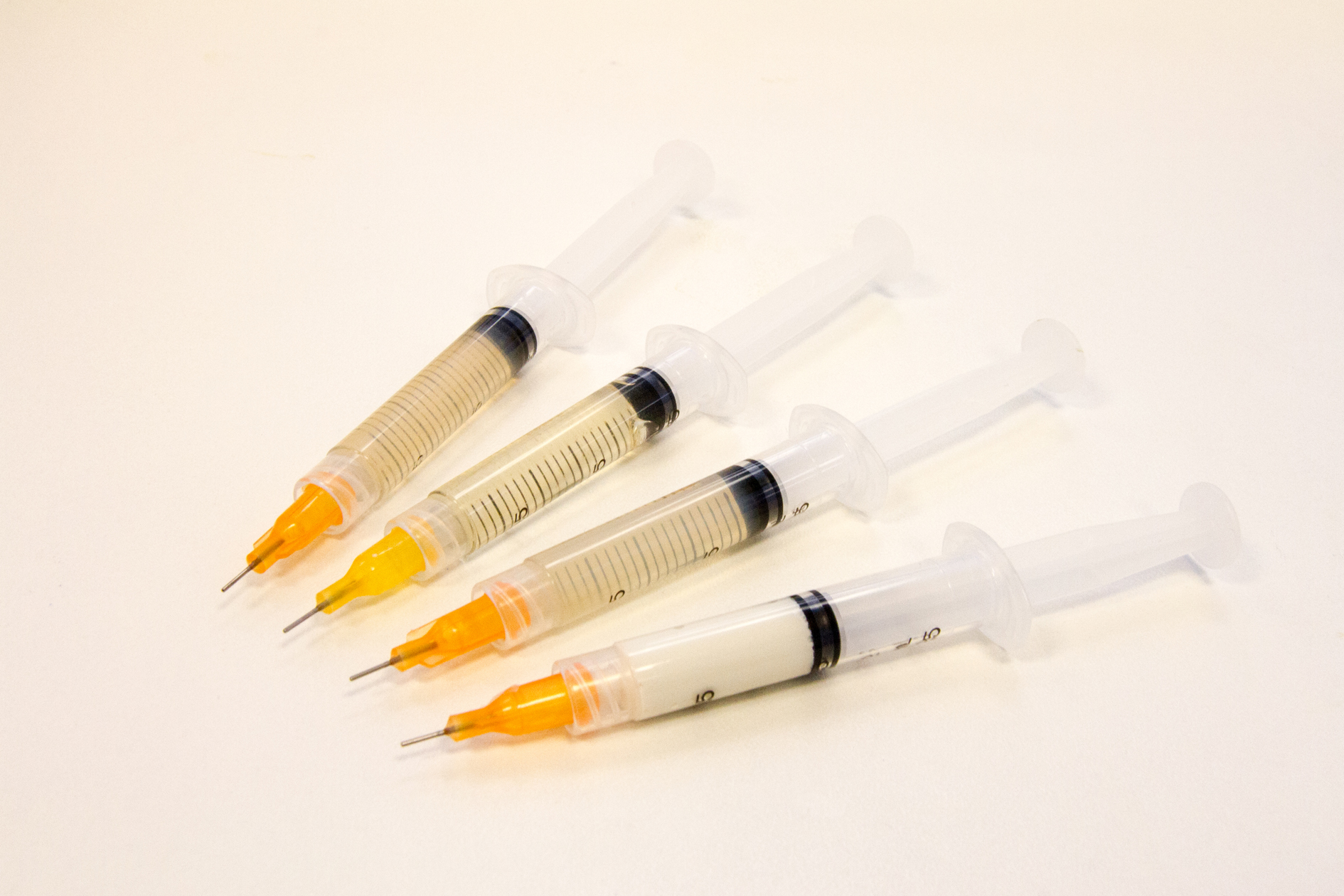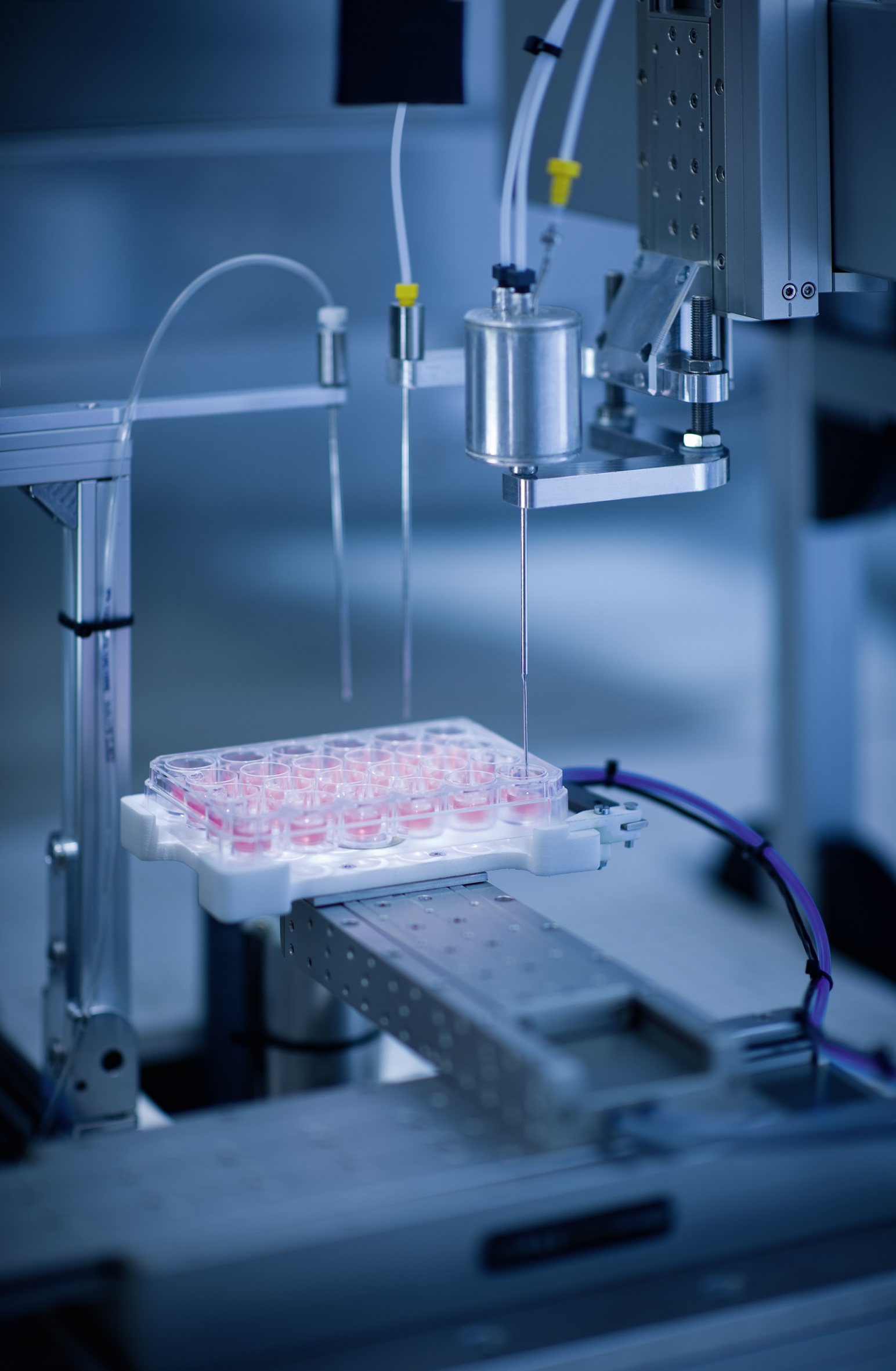Simulation and Modelling

Numerical simulations are used to investigate the mechanics of fluids or materials in various processes related to biology. By means of detailed analyses and visualizations of the data in-depth insights into the fundamental dynamics of the processes are provided. The modelling and simulation approach can therefore help to grasp a full understanding of a given applications and yield design specific optimization measures.



